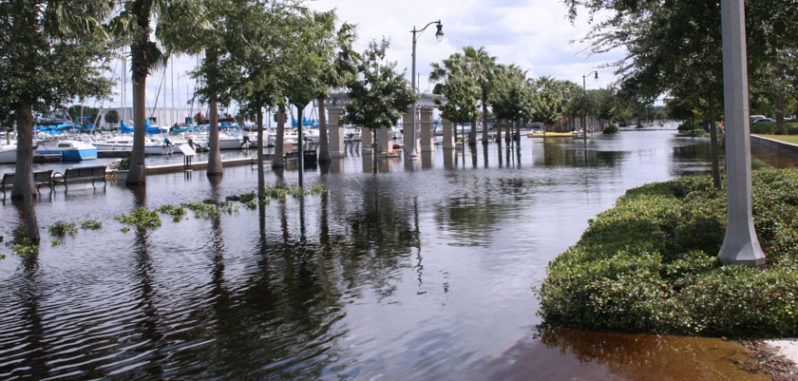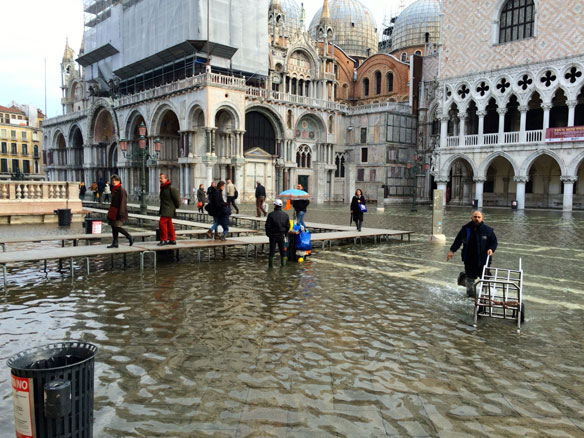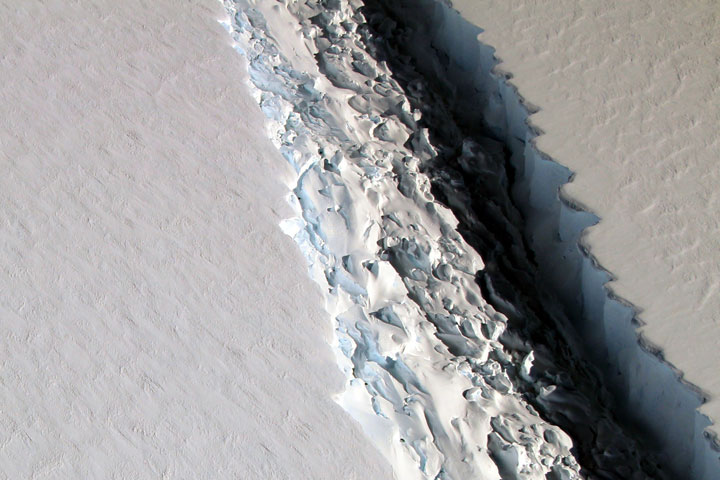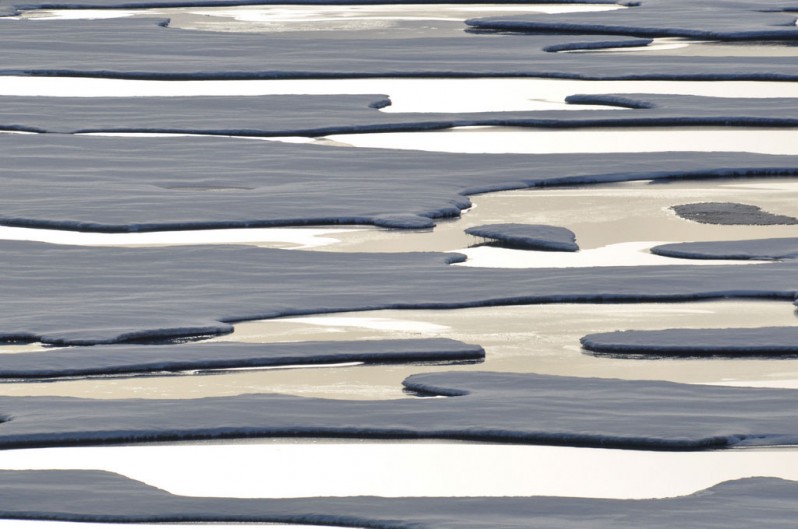Sea level rise will disproportionately hit U.S. this century, NOAA warns

Global sea level rise is unfolding at a stunning pace, and a new report from the National Oceanic and Atmospheric Association (NOAA) says the U.S. will find itself directly in the crosshairs. Over the coming decades, some parts of the nation’s coastline will be hit harder than others.
New regional sea level scenarios help communities prepare for risks

Sea level rise is occurring worldwide, but not at the same rate everywhere. Differences will also likely continue in the future, so decision-makers need local information to assess their community’s vulnerability.
Rising water is swallowing up the Louisiana coastline: the $50 billion battle plan

The geography of the Louisiana coastline is quickly changing. A state-commissioned report predicts rising water could swallow more land along the Gulf of Mexico, if nothing is done to address damage caused by climate change and commercial activity. A new master plan of 2017 calls for an investment of more than $50 billion over 50 years.
New Sea-Level Rise Projection Raises Threat to World’s Coasts

About one-quarter of the world’s population lives in coastal areas that will be unlivable by the year 2100 because of rising sea levels, researchers say.
Close Look at a Crack on Larsen C

The rift in Larsen C measures about 100 meters (300 feet) wide and cuts about half a kilometer (one-third of a mile) deep—completely through to the bottom of the ice shelf. While the rift is long and growing longer, it does not yet reach across the entire shelf. When that happens, Larsen C will shed an iceberg about the size of Delaware.
Growing Pains: Arctic Sea Ice at Record Lows

Every northern fall and winter, cooling ocean and air temperatures cause the floating cap of Arctic sea ice to grow from its annual minimum extent toward a maximum between February and April. So far in 2016, though, the Arctic Ocean and neighboring seas have been slow to freeze, setting both daily and monthly record lows.
Polar ice the size of India has melted into the sea, scientists say

As global temperatures continue to rise and break records, polar sea ice covering an area about the size of India has vanished, according to climate scientists. The trend of polar ice melt has been alarming researchers, with sea ice in the Arctic and Antarctica being measured at record lows for this time of year.
Pacific coast marshes more resistant to rising seas than Atlantic

Pacific marshes are generally at higher elevations than Atlantic marshes, and Pacific oceanographic circulation tends to push water away from the coast, reducing the effect of sea level rise.
Ghost Forests: How Rising Seas Are Killing Southern U.S. Woodlands

A steady increase in sea levels is pushing saltwater into U.S. wetlands, killing trees from Florida to as far north as New Jersey. But with sea level projected to rise by as much as six feet this century, the destruction of coastal forests is expected to become a worsening problem worldwide.
